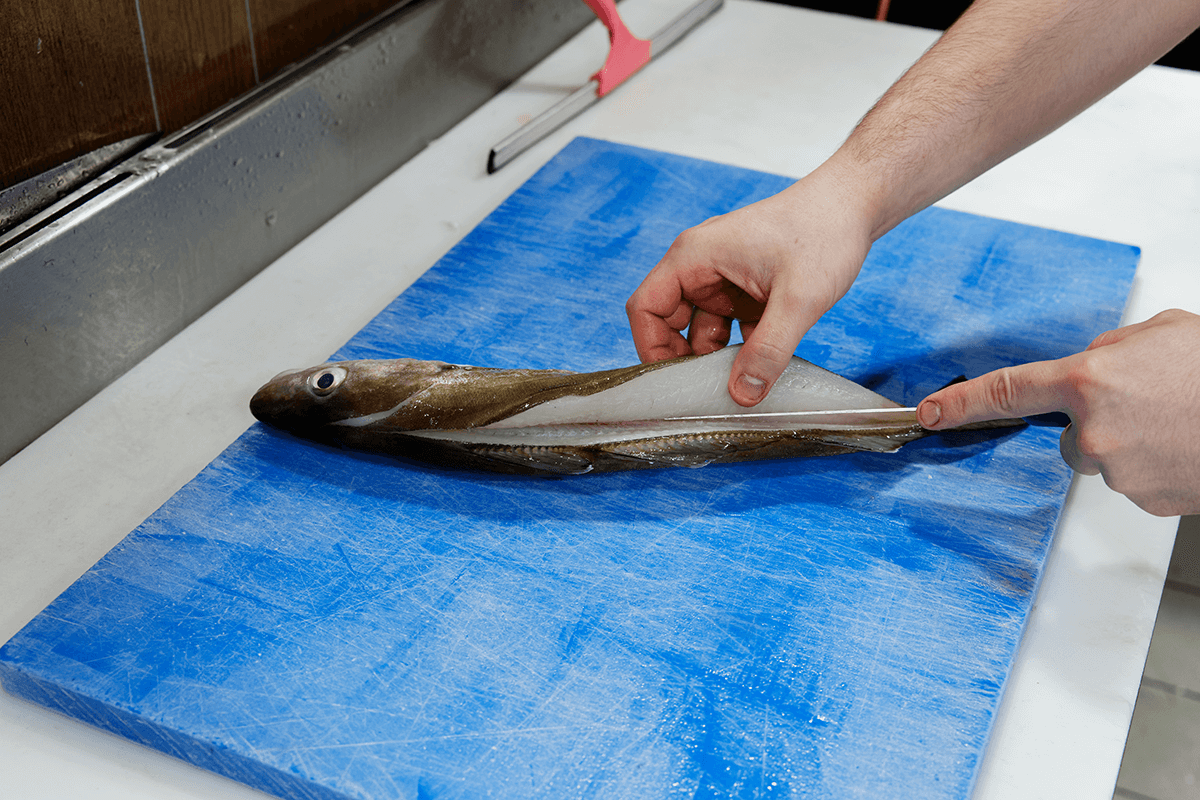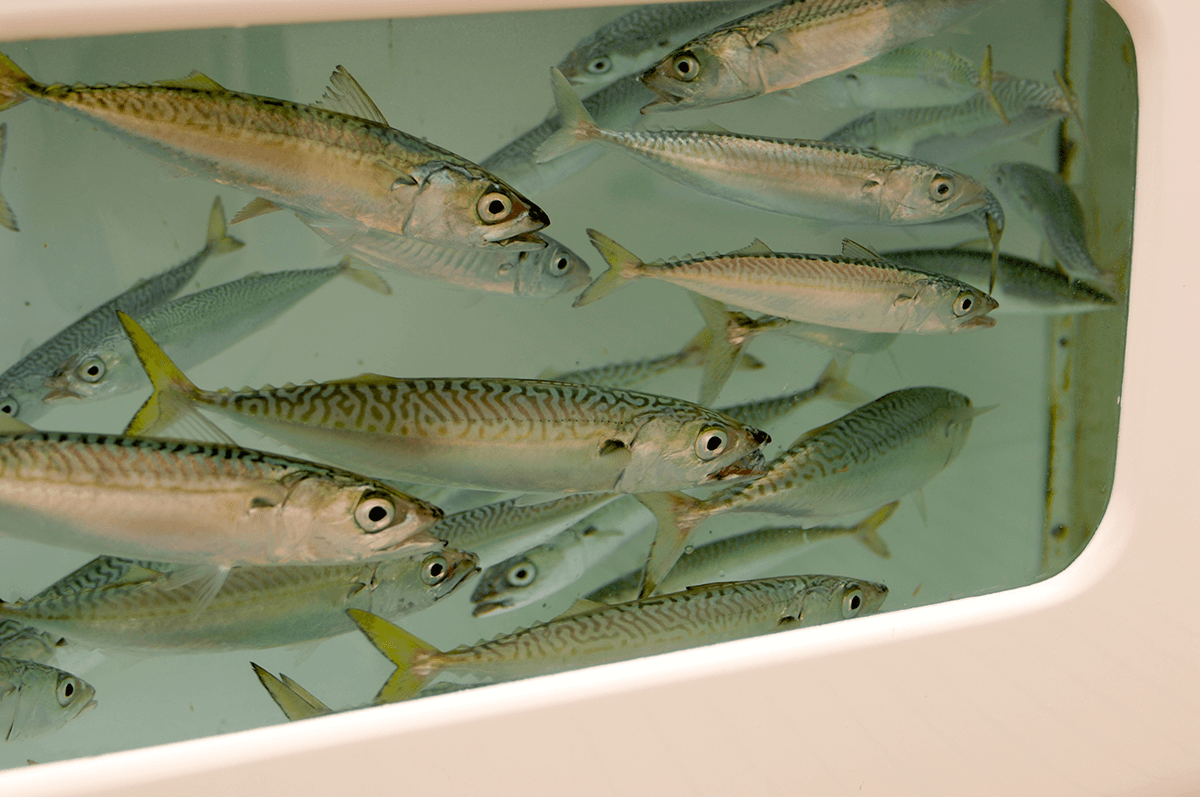A good fillet knife is a must-have for any fisherman worth their salt. Some people think they can just use any big kitchen knife to fillet their catch—we call those people “googans,” and let me tell you, they're in for a rough time.
When it comes to filleting fish, you want a knife that's sharp and flexible, with a thin, pointed blade. Kitchen knives are often designed for general chopping and slicing of food, while a fillet knife is designed specifically for the task at hand.
Here are some tips for choosing the right fillet knife:
Blade Size
I like to use a knife with a 7 to 9 inch blade for most fish, though you can find blades as short as 4 inches. If you're mainly catching panfish, a shorter blade is probably just fine. But if you’re targeting bigger fish like grouper, snapper, mahi, trout, jack, and so on, you'll definitely want to aim for a longer blade rather than a shorter one.
Or
Tang
Now, another thing I like to look for in a good fillet knife is a full tang. A full tang means that the blade extends all the way through the handle, giving the knife added strength and stability. This is especially important when you're filleting bigger fish or going through tougher bones.
A full tang knife is also less likely to bend or break, and it will give you more control and precision when you're working on your catch. So, if you're looking for a fillet knife that will stand the test of time and give you the best results, look for one with a full tang.
Blade Material
When it comes to filleting knives, the material is definitely an area you don't want to skimp—always make sure it's made of high-quality, corrosion-free stainless steel to keep it rust-free.
This is especially important for saltwater fishing, but important for freshwater as well. Both can corrode a sharp knife, so it's important to get one that won't start rusting after the first few uses. A rusty knife will not only make the job harder, it'll taint the taste and texture of the fish.
Blade Coating
Another thing to look for is a Teflon or similar coating on the blade. Teflon is a non-stick coating that makes cleaning the knife much easier, and it also helps to prevent food from sticking to the blade, which can make the filleting process smoother and more efficient. The coating also makes the blade less prone to corrosion and stains, so it can help to prolong the life of the knife.
Grip and Ergonomics
When it comes to grip, I prefer a molded handle made of rubber or a similar material that provides a good grip even when wet. Textured handles provide great protection against slipping, and help minimize fatigue in your hands.
Your knife should feel comfortable and secure in your hand, so make sure it has a molded, ergonomic grip. A quality knife will have a handle that won't crack over time from water and sun exposure.
Serrated or Non-Serrated?
This depends on the fish. A serrated fillet knife is a good choice when you're filleting fish that have thin, delicate skin or scales that are hard to remove with a non-serrated knife, or when you’re cutting through bigger or tougher fish species. They also help to prevent the blade from slipping when making fine cuts, which can make the job easier when working with fish that have a high oil content or are particularly slimy.
That said, they are more difficult to sharpen and are not as versatile as non-serrated blades. For example, they’re not well-suited to cleaning or skinning fish, as the serrations can tear up the flesh of the fish rather than making a clean cut. So, this is a case where you want to make sure you choose the right tool for the job. Or even better—just carry both types of knives.
Maintenance and Safety
And don't forget to keep your knife clean and sharp. A dull knife can make the job much harder, and it can also be dangerous. A sharp knife will make the filleting process a breeze, and you'll get the most meat out of your fish.
And of course, always be safe when handling knives and filleting fish. Use a cutting board and keep your fingers away from the blade. And always keep it covered unless you’re actually in the process of using it.
The Bottom Line
A good fillet knife is an essential tool for any angler. It's just one of the things that separates a seasoned fisherman from an amateur, and it's a must-have for anyone who wants to make the most of their catch.
Check Out A Catch and Cook Video From Bama Beach Bum:
Investing in a high-quality knife will make your life easier, your fish look and taste better, and it'll help keep your fingers safe in the process. So next time you're heading out on the water to catch some dinner, make sure you've got a trusty fillet knife by your side—it'll make all the difference.





